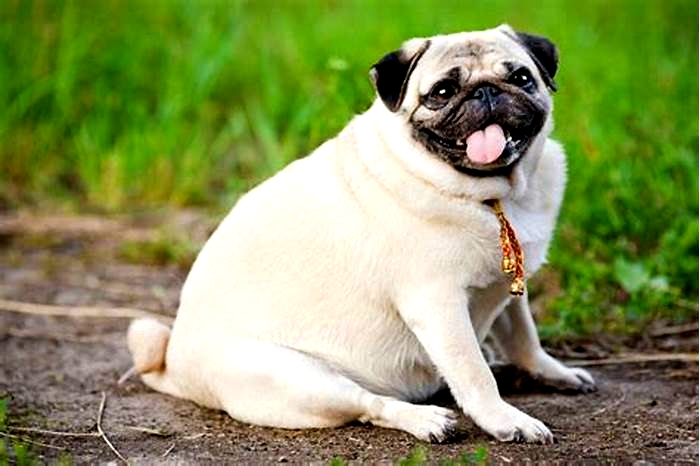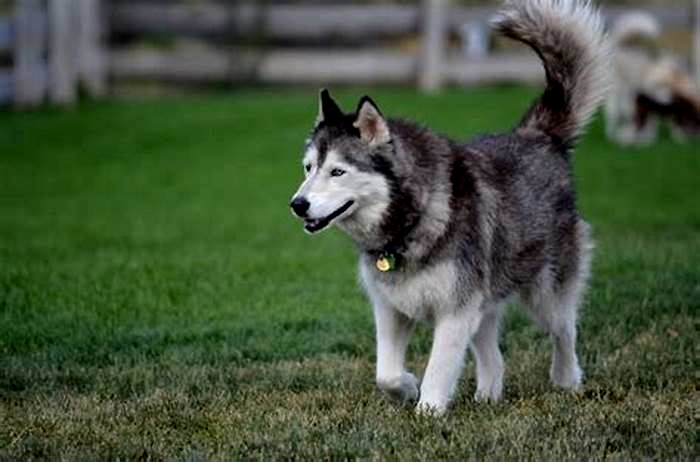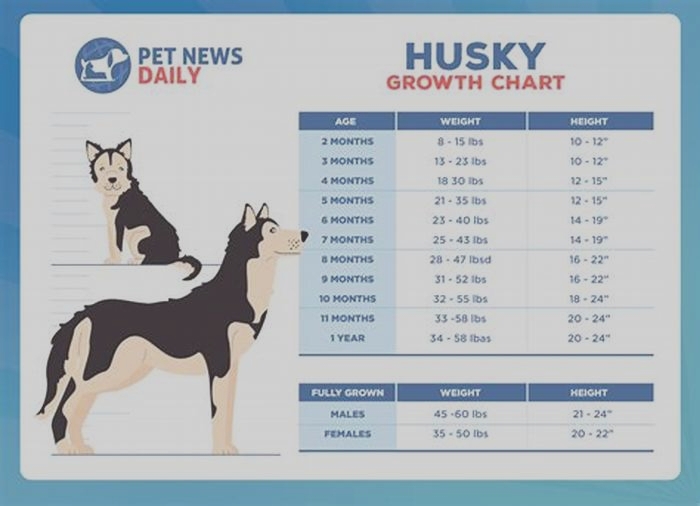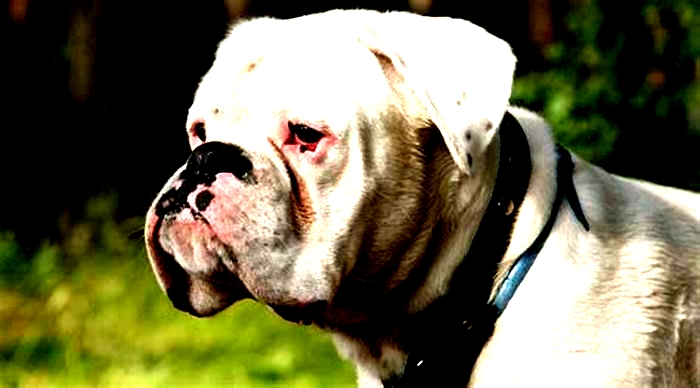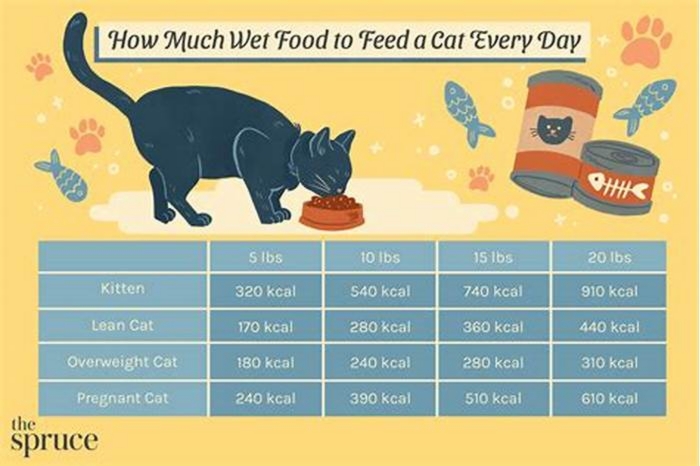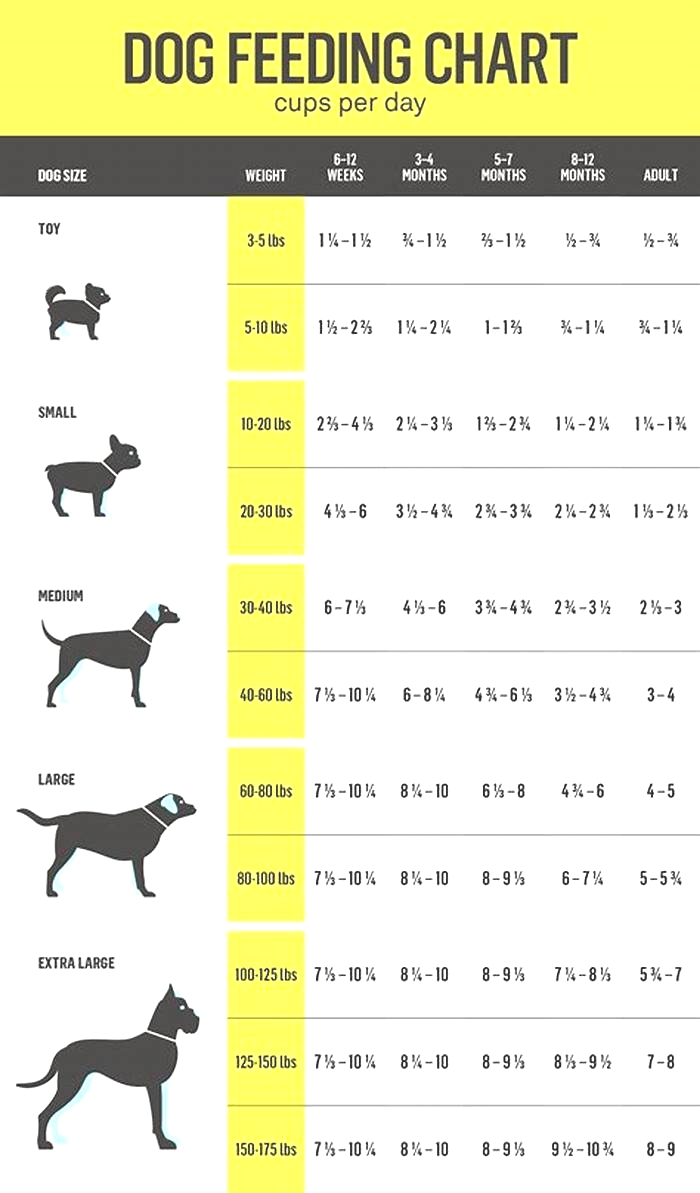What is considered low fat dog food
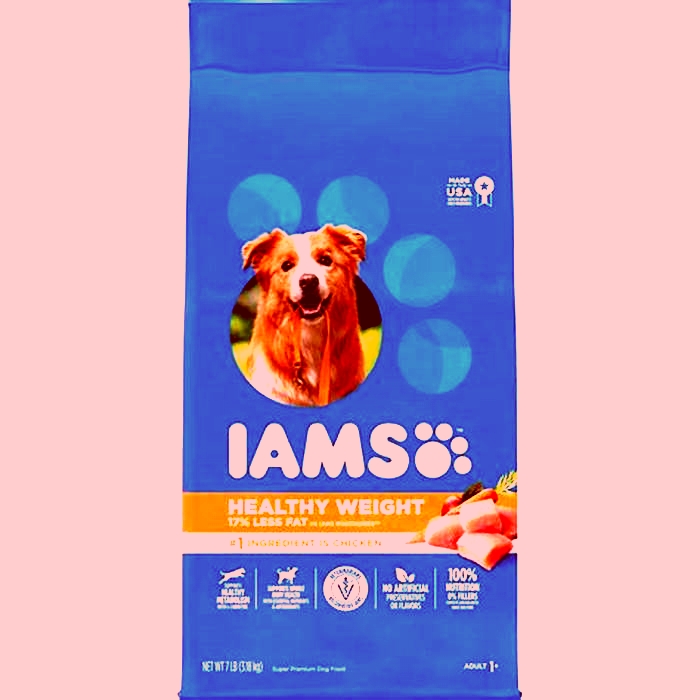
5 Best Low Fat Dog Foods (2024)
How to Choose the Best Low Fat Food for Dogs
Since dogs love food, it is the natural tendency of most owners to slip them a few extra treats every now and then. Unfortunately, this habit can quickly to lead to weight gain, and getting pounds off a dog is far harder then putting them on in the first place.
Unfortunately, even a modest weight gain can cause significant health problems in dogs. Excess weight can contribute to the development of more serious illnesses and can even alter the dogs lifespan. Thankfully, a commitment to daily exercise and a low-fat diet can help get Fido back in shape again.
Sadly, veterinary professionals indicate that as many as 60 percent of the pets they see carry excess weight with some of their patients falling within the category of obese. It is important for dogs that fall within these parameters to begin a program to remove excess pounds before their health is permanently impacted.
Among the health problems that can plague overweight or obese dogs are inflammation, type two diabetes, high blood pressure, heart disease, osteoarthritis, bladder stones, exercise intolerance, and more.
Though obesity is one of the most frequently seen problems in dogs, it can be treated with an excellent quality low-fat diet and moderate daily exercise. Once a healthy body weight is achieved, this body condition must be maintained for the dog to continue to enjoy improved health.
The best low-fat food for dogs can be a powerful help in achieving and maintaining a healthy body weight.
Choosing the Correct Calorie Count for Low-Fat Dog Foods
Low-fat foods are carefully crafted to ensure dogs remain satisfied even though the diet contains fewer calories. One of the most important elements of any low-fat food is that it remains extremely flavorful to encourage hearty eating. Through the use of lean proteins, low-fat diets can maintain a delicious taste while bulking up on fiber-rich vegetables to help dogs feel full on fewer calories.
Care must be taken to carefully measure the dogs food to ensure overeating does not occur. When feeding a low-fat diet, treats should be eliminated or at least severely restricted, so as not to interfere with weight loss efforts. Many owners like to set aside a portion of the dogs kibble to use as treats throughout the day.
To determine how much of the best low-fat food to feed a dog, it is a good idea to follow the suggested serving sizes found on the side of the bag. Use these as a starting point, making adjustments based on the dogs weight or visual appearance until the correct amount is found.
Do not use the dogs appetite as a guide as dogs who are overweight often do not understand when they have eaten a sufficient amount of food and will eat far beyond the point of satiation if permitted to do so. For dogs that regularly seem hungry in spite of adequate meals, choose instead to bulk up the dogs portions through the addition of fiber-rich, low-calorie vegetables such as canned pumpkin, green beans, or carrots.
Dietary Requirements for Low-Fat Dog Foods
It is very important when starting a dog on a low-fat food that the amount of food given should not be drastically altered within the first week. Feeding too few calories can lead to setbacks and can also encourage the development of poor manners such as excess begging. Just as with people, physical and emotional satisfaction are important components to the diets success.
Not all low-fat dog foods are created equally. It is important to select a food that is comprised of the highest quality ingredients included in the correct ratio to encourage eating satisfaction. To this end, the primary ingredient in any low-fat food suitable for dogs who need to lose weight is a lean protein from animal origins. Whole meats are preferred, but meat meals also are an excellent dense source of high-quality protein.
By-products are low quality and offer far less nutritional value, and thus, should be avoided. Plant-based proteins such as corn, wheat, and soy are very hard to digest and can cause stomach and skin distress in many dogs. The best low-fat foods for dogs do not contain any of these items.
Carbohydrates play an important role in low-fat foods, providing the necessary dietary fiber that helps dogs to feel full. Fruits and vegetables are often the best sources as they offer not only staying power through their fiber but also antioxidants to help fight disease. Since digestion and elimination are critical components of any weight loss program, high-quality carbohydrates are an absolute must; whether they are derived from whole grains, fruits, or vegetables.
Healthy fat also plays a role in weight loss. Fats contributed through such ingredients as salmon oil or chicken fat provide dogs with the energy they need to remain active and well. These fats also benefit the dog through maintaining good skin and a healthy coat.
As a general guideline, low-fat foods should contain at least 18 percent protein. Fat totals generally range between 5-10 percent with slightly more acceptable but not less.
Low-fat food is not restricted just to dogs that need to lose a little weight. It is also an excellent choice for dogs suffering from such problems as pancreatitis or irritable bowel disease.
Things to Look for in the Best Low-Fat Dog Food
Here is a basic list of the most important things to look for in a low-fat dog food:
- Whole meat or meat meal proteins heading up the ingredients list
- Prepared without the addition of chemicals, flavorings, fillers, or mystery ingredients
- Enriched with probiotics and helpful supplements
- Meets AAFCO nutritional requirements for a complete and balanced food
- Contains 5-10 percent fat
Does Your Dog Need A Low Fat Dog Food?

Most dogs that need a low fat dog food usually need this kind of diet because of health reasons. A low fat diet is not exactly the same as a low calorie or weight control diet.
Low fat diets are normally intended as maintenance diets for dogs that have had chronic or acute problems with pancreatitis, inflammatory bowel disease (IBD), hyperlipidemia (often a precursor to pancreatitis) and other health problems associated with fat in the diet.
Some dogs dont tolerate fat in the diet very well. They may experience diarrhea or lose weight when there is too much fat in the food. Dogs that have these issues may need a low fat diet.
How low is low fat?
Most premium dog foods today are relatively high in fat. The AAFCO minimum requirements for fatin an adult dogs diet are just 5 percent; and 8 percent for a growth and reproduction diet.
Premium dog foods typically have 15 percent fat or more today. Some grain free foods especially those with lots of meat protein, and some canned foods have even higher fat percentages.
If your dog needs a low fat diet for health reasons, foods are usually recommended to have less than 10 percent fat by dry matter basis. This would be less than 17 percent calories from fat. A diet with moderate fat would be one that has between 10 and 15 percent fat by dry matter basis.
This would be between 17 and 23 percent fat from calories. High fat diets are considered to be diets that have more than 20 percent fat by dry matter basis.

Obviously these are only estimates about fat content in dog foods. You should be aware that many dog foods contain more fat than is listed on the label. If you want to know exactly how much fat the food contains and the other nutrient information for the food you will need to contact the manufacturer and ask for precise information.
If you are concerned about the fat in the food for health reasons for your dog, this is not an unusual request to make. This is the only way to get accurate numbers for your calculations.
Too low?
If your dog does need a low fat diet, you should keep in mind that if the diet is too low in fat it can be deficient in fat-soluble vitamins. Your dog may have problems with his skin and coat. Its easy to forget that fats serve a useful purpose in the diet.
Your dog may also lack energy and feel hungry. If your dog cant eat fat in his dog food you may be able to add a medium chain triglyceride (MCT) such as coconut oil to his diet to help with these problems.
It's also important to note that a low fat diet should not be fed to a pregnant or nursing dog or to a growing puppy. These dogs have greater nutritional needs and a low fat diet would be harmful for them. A low fat diet is only meant as a maintenance diet for adult dogs in certain situations.

Since dog foods often rely on fats to make them tasty to dogs, low fat dog foods may be less appealing to your dog. If your dog is reluctant to eat low fat dog food, you may want to add some canned or fresh food that has low or moderate fat.
Or add some nonfat, low-sodium broth to your dogs food to make it taste better. Or you can try mixing a low fat dog food with some moderately fat food to make your dogs diet more palatable.
Which foods?
If your dog needs a low fat diet, try checking foods made for senior dogs and lite diets. These foods are usually low in fat. However, you will need to check the protein percentages for these foods since they are often correspondingly low.
Just because your dog needs a low fat diet doesnt mean he needs a low protein diet. Many of these foods are high in carbohydrates which is not desirable. If you choose one of these diets and it is low in protein, you can increase the protein by adding some fresh food that is high in protein and low in fat.

If all else fails, you can talk to your veterinarian about prescribing a prescription low fat dog food. As usual with prescription diets, these foods are more expensive than most commercial foods so this is usually a last resort for most dog owners.
Other considerations
If your dog needs a low fat diet for health reasons, you will probably need to consider the amount of fiber in his diet as well. For example, dogs recovering from pancreatitis who need a low fat diet may do better with low fiber, too, in a mix of soluble and insoluble fibers.
But some dogs can do well with moderate amounts of insoluble fiber. If your dog is recovering from pancreatitis or you are feeding your dog a low fat diet for other health reasons, its a good idea to consult with your veterinarian about how much fiber s/he recommends in your dogs diet.
Weight control
Its estimated that more than half of the dogs in North America are overweight or obese today. Obesity is a serious health problem in dogs today since it can lead to diabetes, affect a dogs respiratory system, cardiac functions, worsen joint and mobility issues such as arthritis, cause problems if your dog needs any kind of surgery, and shorten your dogs life.
Many dogs can benefit from a weight control diet. There is some overlap between low fat diets and low calorie/weight control foods.
The big difference is that many dogs can eat a weight control diet even though they may not currently have a specific health problem. The dog may not have any specific problems with eating fat, for example.

Many of these weight control dog foods do have less fat than regular foods. They generally have fewer calories. They are often high in carbohydrates. Some of them are high in fiber. The protein content is often relatively low.
In some cases these foods can be suitable for dogs that need a low fat diet but you should carefully calculate the dry matter basis for the nutrients in the foods to see if they would work for your dog.
Many different companies/brands make these foods in kibble and canned formulas so they are widely available. Again, if you want to make absolutely certain about the nutrient percentages in the food, we suggest that you contact the company for their analysis of the food.
Is low fat dog food good for dogs?
Most dogs can easily handle a reasonable amount of animal fat in their diets especially when it's the natural kind of fat associated with a quality meat ingredient. Dietary fat can be a good source of energy and the best way for your dog to get the essential fatty acids needed to sustain life.
What is considered a low fat dog food?
Generally a diet with less than 10% fat or less than 17% of calories from fat is considered to be low-fat. Meanwhile diets with 10-15% fat, or 17-23% of calories from fat are considered to contain a moderate amount of fat. Diets with more than 20% fat are considered high-fat.
What is the best low fat dog food for pancreatitis?
Prescription foods that veterinarians might recommend specifically for dogs with gastrointestinal problems such as pancreatitis are: Hill's Prescription Diet i/d or Royal Canin Gastrointestinal Low Fat. It is generally recommended that the food for pancreatitis patients should contain less than 18% fat.
Can stress cause pancreatitis dogs?
Injury or stress here is also thought to be a predisposing factor for bloat. While unproven, gross over-vaccination is also suspected to play a role. If your dog has suffered a bout of pancreatitis take a look at when his last vaccination was.

